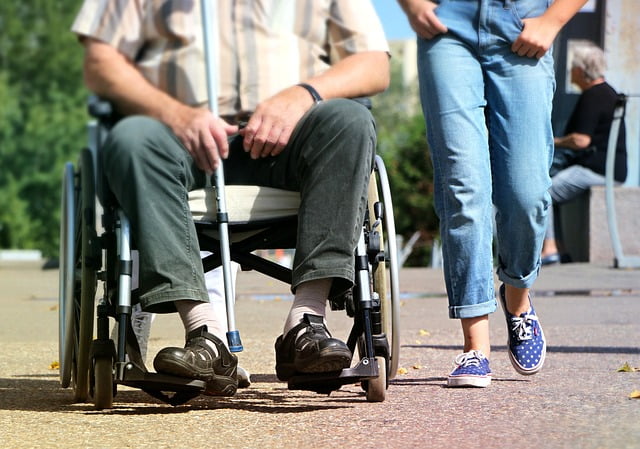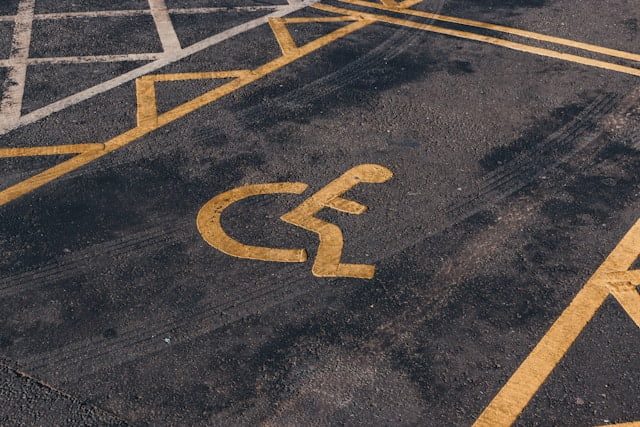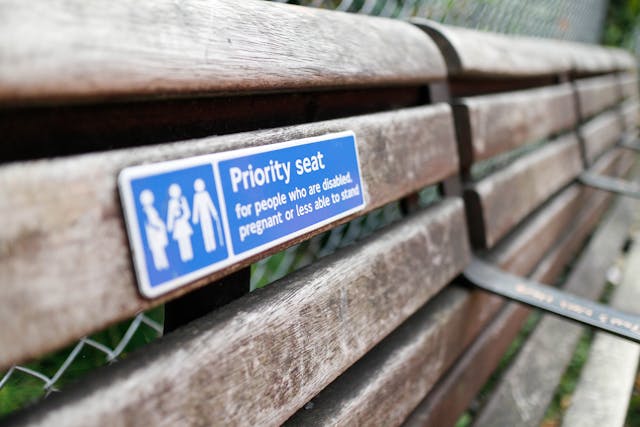Key Features and Amenities for Persons with Disabilities in Malaysia
In Malaysia, ensuring accessibility for persons with disabilities is not just a matter of convenience. It is a fundamental aspect of inclusivity and equity. From pedestrian pathways to public transportation, a comprehensive approach is needed to address the diverse needs of disabled individuals. In this article, we will explore key features and amenities essential for enhancing accessibility across various settings in Malaysia.
1. Pedestrian Facilities
Pedestrian facilities are about ensuring the basic right to mobility for all individuals, including those with disabilities. Tactile paving, audible signals, and well-marked paths are essential components that enable people with disabilities to navigate public spaces safely. For wheelchair users, curb cuts at intersections are very crucial. They provide the necessary accessibility to maneuver sidewalks without barriers. Additionally, clear pathways and adequate lighting play a vital role in ensuring the safety and confidence of pedestrians with disabilities. They can navigate urban environments with greater ease and independence.
Without proper pedestrian facilities, individuals with disabilities face significant barriers to mobility and participation in society. Moreover, when healthy citizens misuse these amenities, it causes huge challenges to those who genuinely need them. This misuse not only restricts access for disabled persons but also perpetuates inequality and exclusion in public spaces. Therefore, prioritizing the implementation and maintenance of pedestrian infrastructure is a critical step towards fostering a more inclusive society for all.

2. Disabled Parking Slots (OKU Parking)
Often referred to as OKU parking, accessible parking slots are essential amenities that enable individuals with disabilities to access public spaces with greater convenience. These designated parking spaces should be strategically positioned near entrances to facilitate easy access. Wider bays are necessary to accommodate wheelchair users and individuals with mobility aids. This can help them enter and exit vehicles comfortably. However, enforcement of parking regulations is paramount to prevent the misuse of these spaces by able-bodied individuals. Without strict enforcement, the limited availability of OKU parking slots becomes even scarcer. Therefore, maintaining the integrity of OKU parking spaces through effective enforcement is crucial to ensuring equitable access for those who genuinely require them.

3. Slopes and Ramps
Slopes and ramps play an important role in creating inclusive environments that cater to the diverse needs of individuals with mobility impairments. These features are essential for wheelchair users and those with mobility challenges to navigate various public spaces independently. Gentle gradients and non-slip surfaces are critical aspects of well-designed ramps. Whether accessing buildings, public transportation stations, or other facilities, the presence of ramps facilitates seamless mobility and promotes inclusion.
Moreover, the implementation of curb ramps at intersections and the provision of handrails further enhance accessibility for disabled individuals. Curb ramps allow wheelchair users to transition smoothly between sidewalks and roadways. It can eliminate barriers to movement in urban environments. Handrails provide additional support and stability, particularly for individuals with limited mobility. By prioritizing the inclusion of slopes and ramps, society can break down physical barriers and create environments that are accessible.
4. Accessible Public Transportation
Accessible public transportation can help to promote independence and mobility among disabled individuals in Malaysia. When designing buses and trains, the relevant parties should incorporate low-flor designs and ramps of lifts. These features ensure that wheelchair users can board with ease. They can contribute to a more seamless and efficient travel experience for all passengers. Furthermore, the inclusion of tactile signage, audio announcements, and priority seating caters to the needs of visually impaired passengers, providing them with essential information and ensuring equitable access to seating arrangements. Moreover, investing in accessible public transportation benefits society as a whole by fostering greater inclusivity and reducing dependency on private vehicles. By prioritizing the integration of inclusive features, Malaysia can create a more sustainable transportation system.
5. Inclusive Train Facilities
Within train stations and carriages, features such as designated wheelchair spaces, priority seating, and accessible toilets are essential. Creating barrier-free environments with ample space for maneuverability benefits passengers with mobility challenges. Incorporating tactile markers, braille signage, and auditory cues assists individuals with visual impairments in navigating stations and trains independently.
6. Accessible Amenities in Public Spaces
Facilities such as accessible toilets, seating areas, and recreational facilities play a crucial role in enhancing the overall accessibility and usability of public spaces. By adhering to universal design standards, these amenities are designed to accommodate a diverse range of needs and abilities, promoting independence and inclusivity for disabled persons. Accessible toilets, equipped with features such as grab bars and sufficient space for maneuverability, provide essential facilities for individuals with mobility impairments.
Furthermore, providing accessible seating areas and recreational facilities enables disabled individuals to fully participate in community activities and social interactions. Whether it is designated wheelchair-accessible seating at parks or inclusive playground equipment, these amenities create opportunities for individuals with disabilities to engage in recreational and leisure activities with friends and family. By investing in accessible amenities in public spaces, Malaysia not only enhances the quality of life for disabled persons but also fosters a more vibrant community where everyone can participate.

Conclusion
Improving accessibility for persons with disabilities in Malaysia requires a holistic approach encompassing various aspects of urban planning and infrastructure development. By incorporating inclusive features and amenities, we can create a welcoming environment for all. Collaboration among policymakers, urban planners, and stakeholders is essential to ensure that these enhancements are effectively implemented.